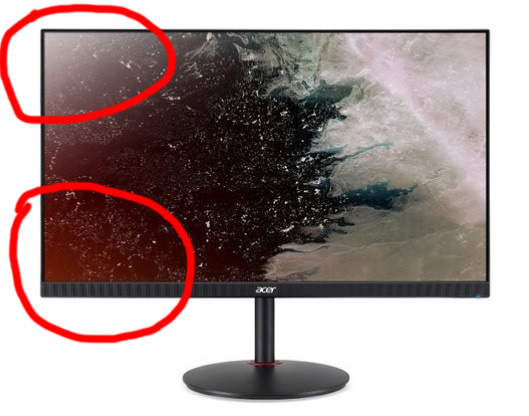Well this looks interesting... and suggests Nvidia aren't limiting their new (and expensive) G-Sync 1.4 module to 1000 nit panels.
https://www.pcworld.com/article/3301170/displays/acer4k-144hz-hdr-gaming-monitors-ifa.html
The also announced XV273K seems to be the first 4K 144Hz FreeSync monitor, which is nice.
And I must say, kudos to Acer for being so up front and honest ahead of time in respect to the BLB and Glow we should expect.

https://www.pcworld.com/article/3301170/displays/acer4k-144hz-hdr-gaming-monitors-ifa.html
The also announced XV273K seems to be the first 4K 144Hz FreeSync monitor, which is nice.
And I must say, kudos to Acer for being so up front and honest ahead of time in respect to the BLB and Glow we should expect.




